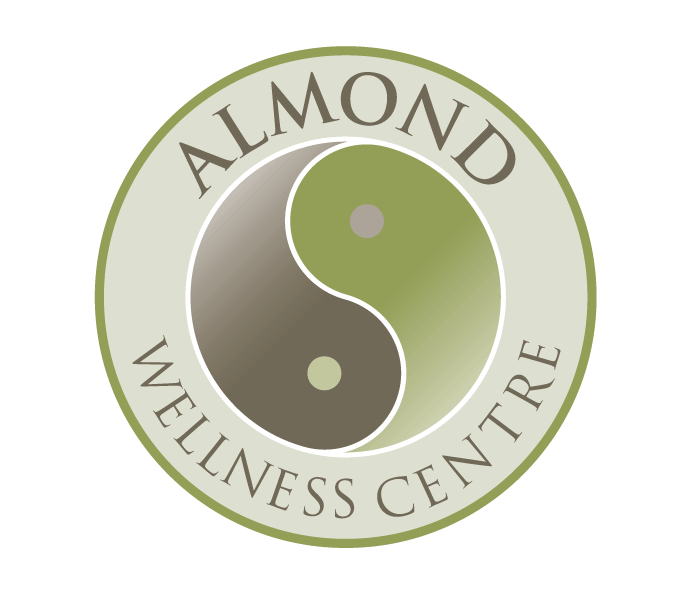Acupuncture and acupressure are both alternative therapies rooted in traditional Chinese medicine. They both stimulate specific points on the body to promote healing and relieve various symptoms. While acupuncture involves the insertion of thin needles into specific points, acupressure involves applying pressure to these points with the fingers, thumbs, or other devices. When acupuncture is not available, acupressure is an alternative and convenient way to help nausea and sickness. This technique is often used for motion sickness, morning sickness during pregnancy, and nausea associated with chemotherapy.
Table of Centents
In the context of nausea and sickness, there are specific acupressure points that are commonly targeted. Listed here are 5 best acupuncture /acupressure points for nausea and sickness.
1. ST36 (Stomach 36) or Zu San Li 足三里:
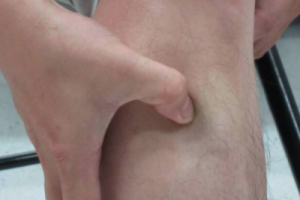
Zu San Li ST36
Location: Situated on the front of the leg, just below the knee and slightly towards the outside.
Function: This point is used for various digestive issues, such as stomach pain, cramping, nausea sickness and vomiting.
Technique: Locate the point by finding the muscle about 1cm lateral to the shin bone. Press the point and rub cross the muscle fibre, until you feel pressure aching sensation of the muscle. Keep the pressure and rub for about 5 minutes. Repeat 2~3 times if nausea /sickness is not relieve.
2. PC6 (Pericardium 6) or Nei Guan 内关:
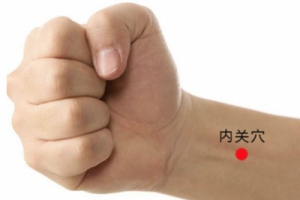
Nei Guan PC6
Location: This point is located on the inner forearm, about two to three finger widths below the wrist crease, between the two tendons.
Function: Traditionally this point is used for all symptoms related to Heart, Chest and Stomach, such as stomach pain, nausea, chest tightness and palpitation.
Technique: Applying pressure to this point until you feel pressure aching sensation, for about 3~5 minutes. Repeat 2~3 times if nausea /sickness is not relieve.
3. LU10 (Lung 10) or Yu Ji 鱼际:
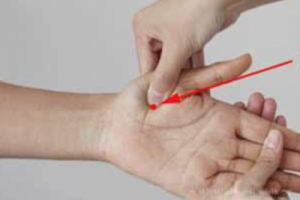
Yu Ji LU10
Location: This point is located in the middle of greater thenar eminence on the palm side of thumb.
Function: Traditionally this point is used for heat in the lung and digestive issues including nausea and abdominal pain, particularly in children. (it is also called “板门 Ban Men” – the “Wooden Gate” in Chinese infantile Tuina massage)
Technique: Applying pressure to this point until you feel pressure or aching sensation, for about 3~5 minutes. Repeat 2~3 times if nausea /sickness is not relieved.
4. LI4 (Large Intestine 4) or He Gu 合谷:
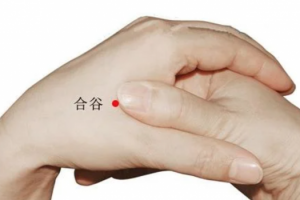
He Gu LI4
Location: Found on the back of the hand, in the webbing between the thumb and index finger.
Function: traditionally this point is thought to help with various ailments, such as headache, stress, nausea and stomach pain.
Technique: Locate the point in the middle of the 2nd metacarpal bone, find the muscle next to the bone and apply pressure across the muscle. Keep the pressure and rub for about 3~5 minutes. Repeat 2~3 times if nausea /sickness is not relieved.
5. CV12 (Conception Vessel 12) or Zhong Wan 中脘:
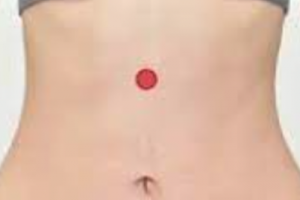
Zhong Wan CV12
Location: Located on the midline of the abdomen, about halfway between the navel and the lower edge of the breastbone,
Function: This point is believed to aid in digestion and alleviate nausea.
Technique: Using thumb or middle finger, applying pressure and rub in a circle motion for 5 minutes. Repeat 2~3 times if nausea /sickness is not relieved.
Note on Effectiveness
It’s important to note that while many people find relief from symptoms through acupuncture and acupressure, scientific evidence supporting their effectiveness can be mixed. Some studies suggest that these techniques may have a positive impact on certain conditions, while others may not find significant benefits.
If you’re considering trying acupuncture or acupressure for nausea or any other health issue, it’s advisable to consult with qualified practitioners from renowned practice like Almond Wellness Centre. They can provide guidance based on your individual health needs and ensure that these complementary therapies are used in conjunction with, not as a substitute for conventional medical care.
